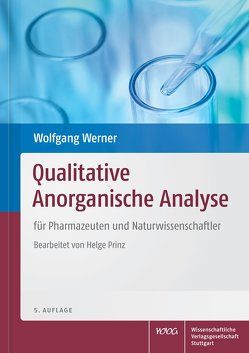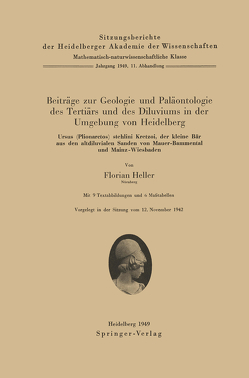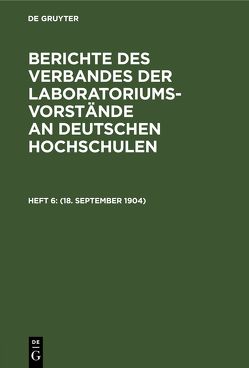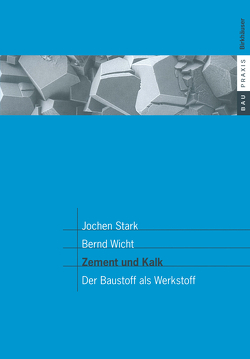Biological and Inorganic Factors in the Destruction of Limestone Coasts
J. Schneider
These investigations were carried out mainly on the coast of the northern Adriatic near Rovinj (Istria, Yugoslavia). The general applicability of the results achieved there was tested by comparison with Bermuda, Florida and Marseille. The process of destruction of a limestone coast is explained in terms of a complex interrelationship of biological and inorganic factors. The physical and chemical parameters relevant to the waters of tidal- and rock-pools were deter- mined over periods of 24 hours. They showed that the rock-pool waters are incapable of dissolving the carbonate substrate inorganically. These waters are always oversaturated with respect to CaCO3, day and night. Variations in their alkalinity can be partly biologically explained, since it is shown that cyanophytes can assimilate bicarbonate. It is therefore not necessarily valid to use variations in alkalinity to calculate CaCO3 dissolution or precipitation in milieus with a high biological productivity. The rock-pool floors are densely populated by epi- and endolithic algae, fungi and lichens which prevent any direct exchange between the water and the carbonate substrate and consequently inhibit inorganic dissolution which is of limited significance in coastal destruction. The coastal profile is subdivided according to obvious colour-zones. Both morphological and biological zonations conform to this subdivision. Endolithic and epilithic algae (Cyanophyceae, Chlorophyceae), fungi and lichens corrode the rock by etching processes. Grazing gastropods rasp away the microflora together with rock particles. The morphological forms resulting from biological corrosion and biological abrasion may be termed biokarst. Both modes of destruction contribute to deposition in the subtidal zone. A first estimate for the northeastern Adriatic suggests that the destruction of limestone coast contributes about 15 % of the total sedimentation rate. The rate of destruction varies from zone to zone and has not yet been quantified for all zones. On average it amounts to O.25-1.0 mm per year. Applications to fossil sediments are offered in terms of distribution, ecology, and boring behaviour of the endolithic microflora as well as their fossilization potential.




















































